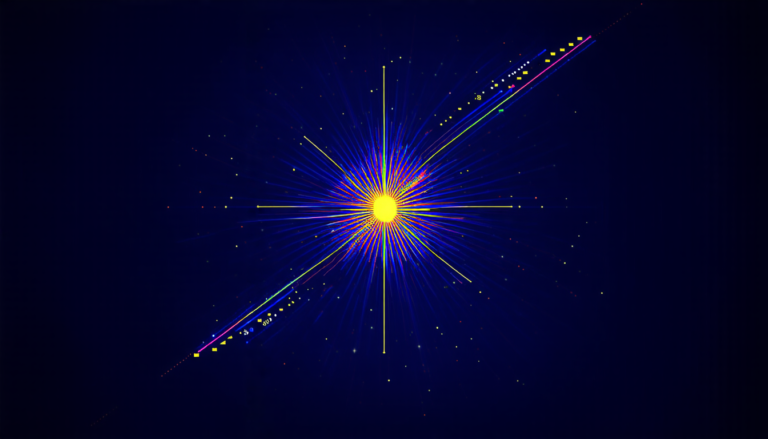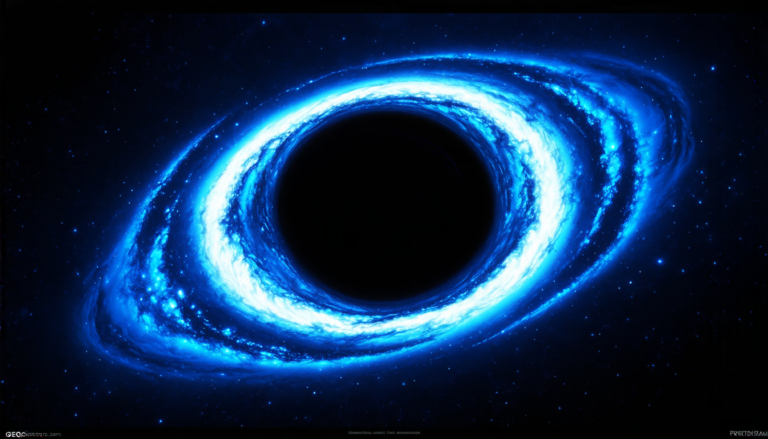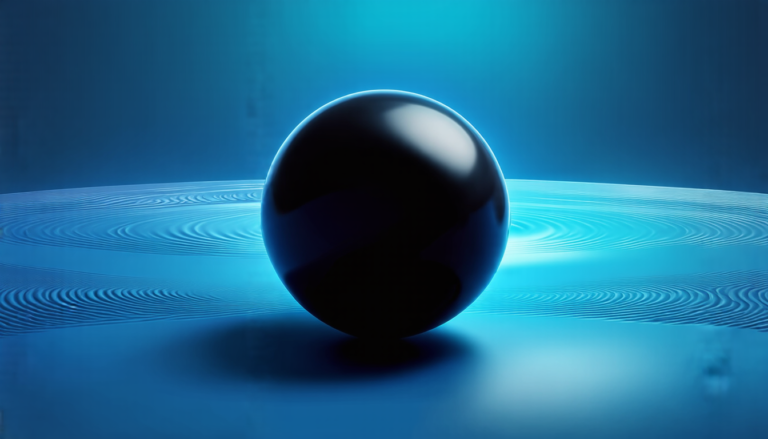Thursday 10 April 2025
Lattice QCD provides a powerful tool for understanding the strong nuclear force, allowing physicists to simulate the behavior of quarks and gluons in high-energy collisions. In recent years, researchers have been using this technique to study exotic hadrons, such as tetraquarks and pentaquarks, which are composed of four or five quarks rather than the usual three.
One of the most intriguing areas of research is the search for doubly heavy tetraquarks, which contain two heavy quarks and two light antiquarks. These particles have been predicted to exist by theoretical models, but so far they have not been directly observed in experiments.
A new study published this week in Physical Review D provides fresh insight into the possible existence of these particles. The research team used lattice QCD simulations to study the behavior of quarks and gluons in a variety of scenarios, including those that might lead to the formation of doubly heavy tetraquarks.
The results suggest that such particles could indeed exist, but they would be much heavier than previously thought. In fact, the study found that the mass of these particles would likely be around 6-8 GeV, which is significantly higher than the predicted masses reported in previous studies.
The researchers used a combination of numerical simulations and theoretical models to arrive at their conclusions. They began by generating a series of lattice QCD configurations, each representing a different scenario for quark-gluon interactions. They then analyzed these configurations using a variety of methods, including finite-volume energy calculations and scattering amplitude extractions.
One of the key challenges in this type of research is dealing with the complexity of the simulations. Lattice QCD is a highly computationally intensive technique that requires powerful supercomputers to run. The researchers used a combination of advanced algorithms and specialized software to speed up their computations, allowing them to analyze large datasets quickly and accurately.
The study’s findings have significant implications for our understanding of the strong nuclear force and the behavior of quarks and gluons in high-energy collisions. If doubly heavy tetraquarks do exist, they could provide valuable insights into the underlying mechanisms that govern these interactions.
The research also highlights the power of lattice QCD as a tool for studying exotic hadrons. By simulating the behavior of quarks and gluons in different scenarios, physicists can gain a deeper understanding of the strong nuclear force and the properties of particles that are difficult to study experimentally.
Cite this article: “Unlocking the Secrets of Exotic Tetraquarks in Lattice QCD Simulations”, The Science Archive, 2025.
Lattice Qcd, Exotic Hadrons, Tetraquarks, Pentaquarks, Doubly Heavy Tetraquarks, Quarks, Gluons, Strong Nuclear Force, High-Energy Collisions, Particle Physics







